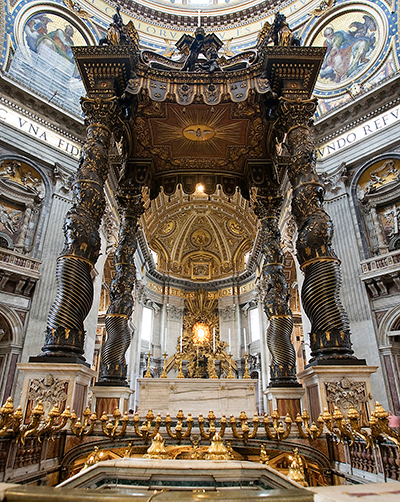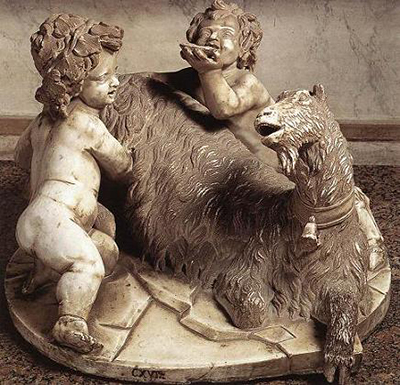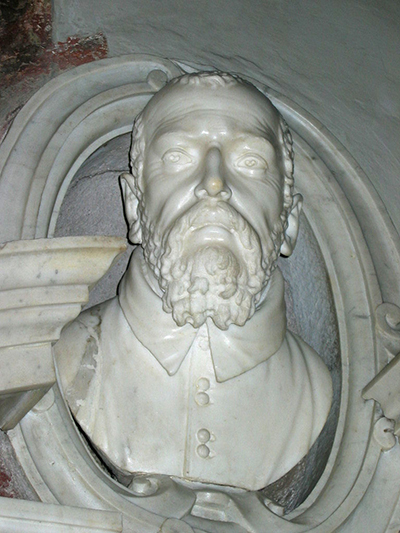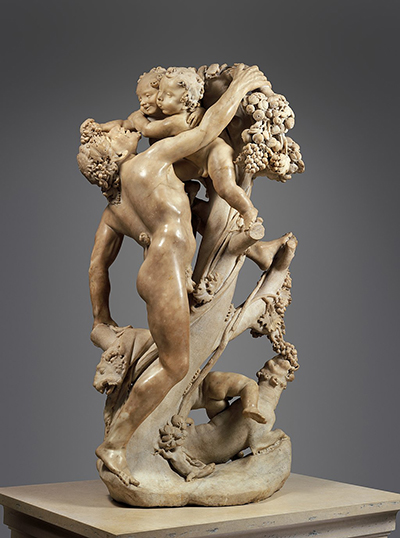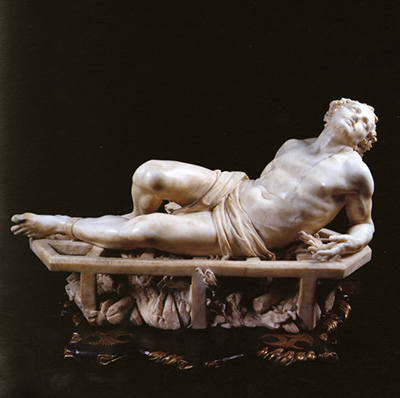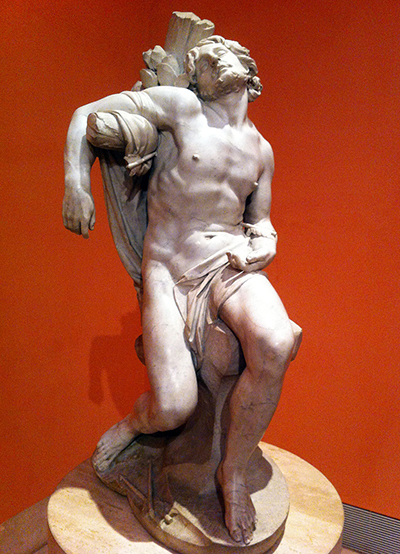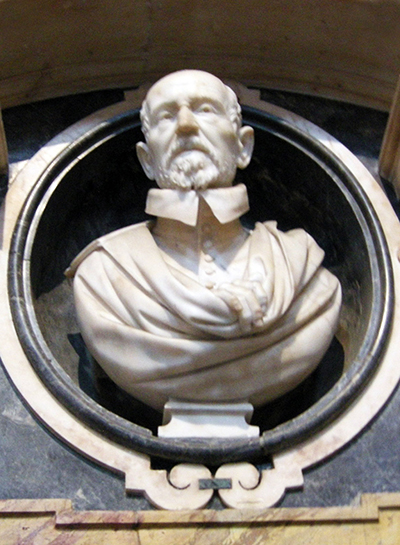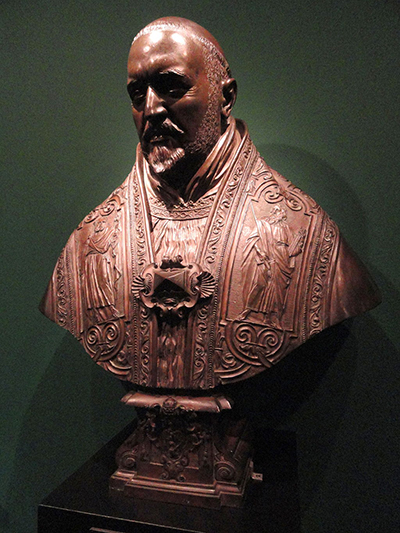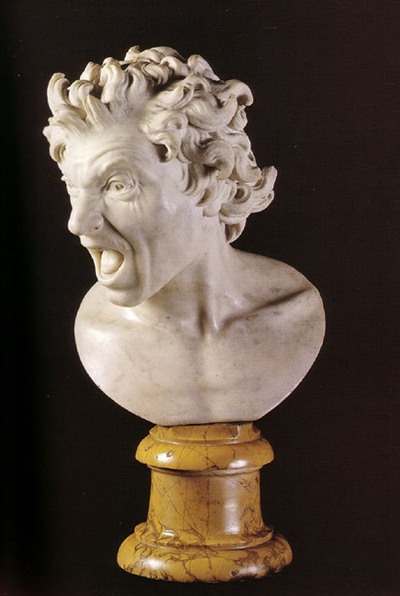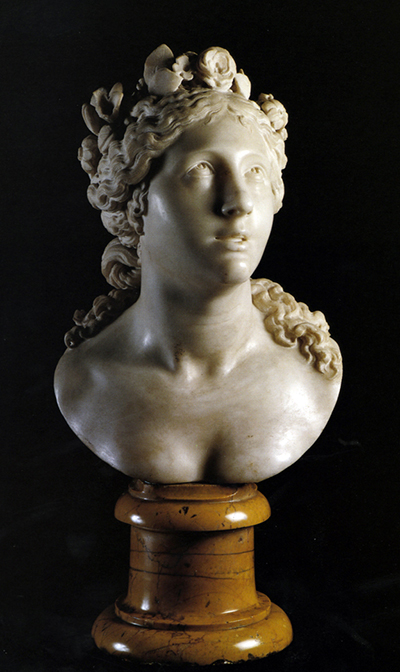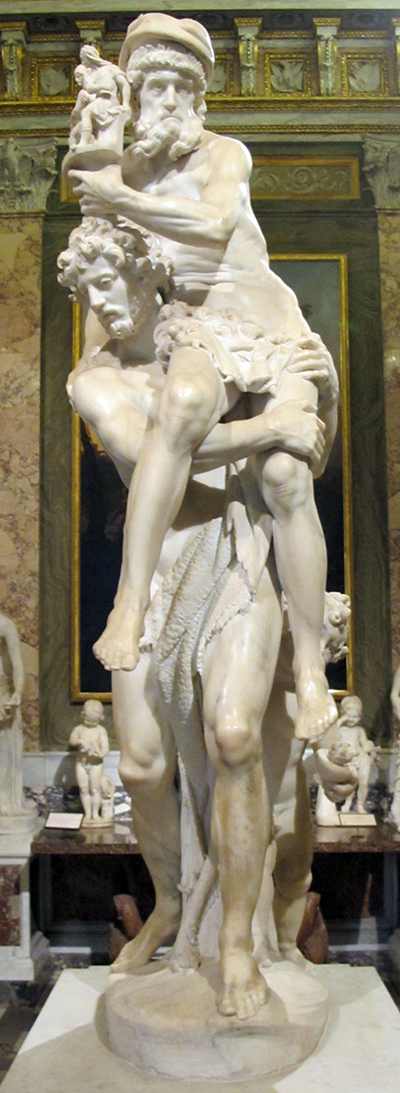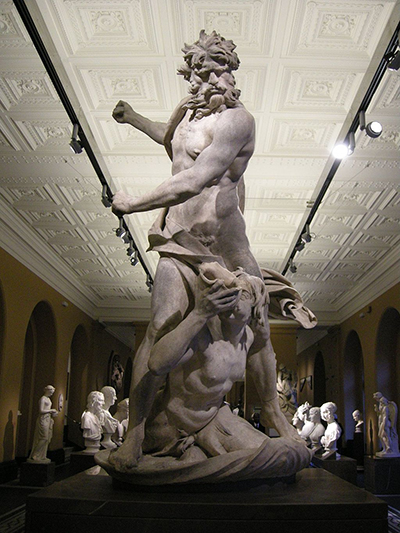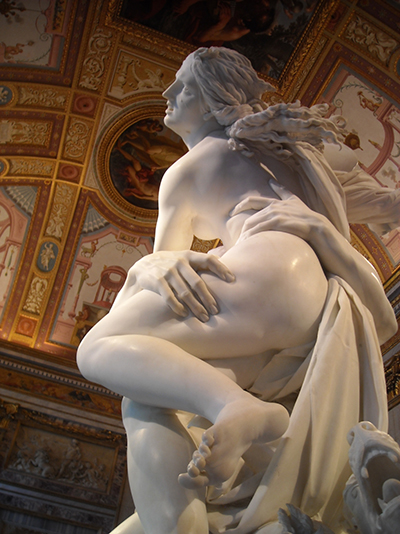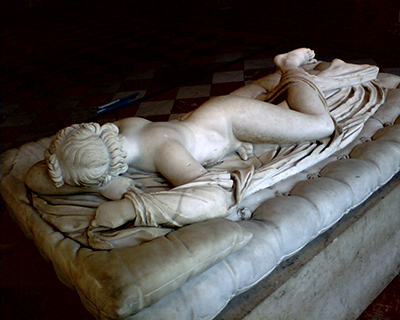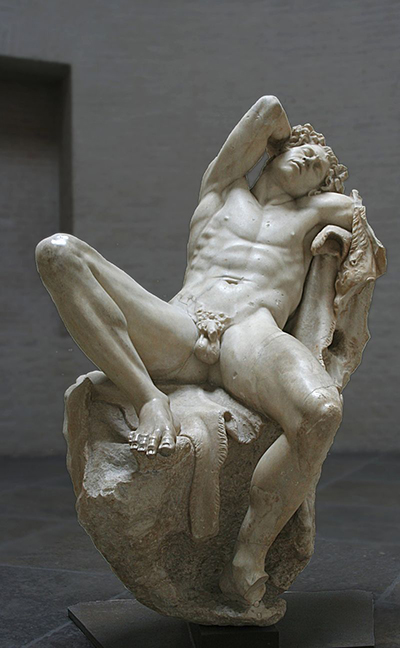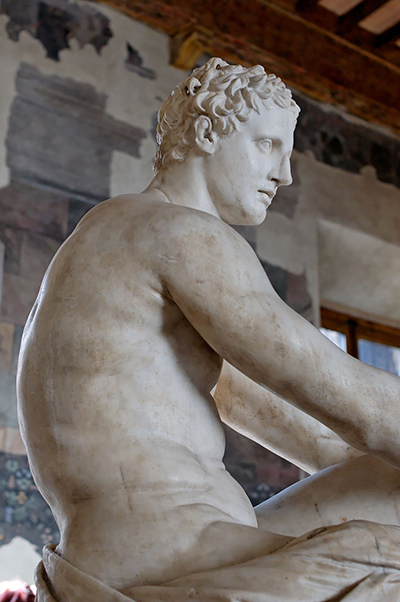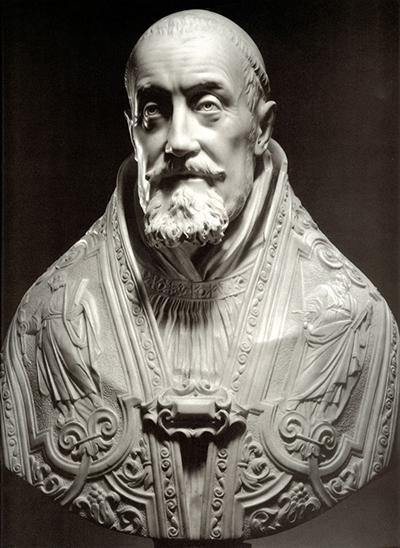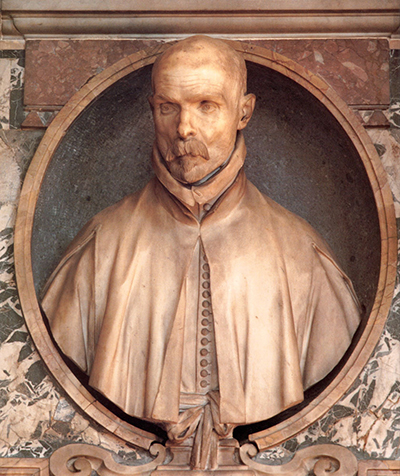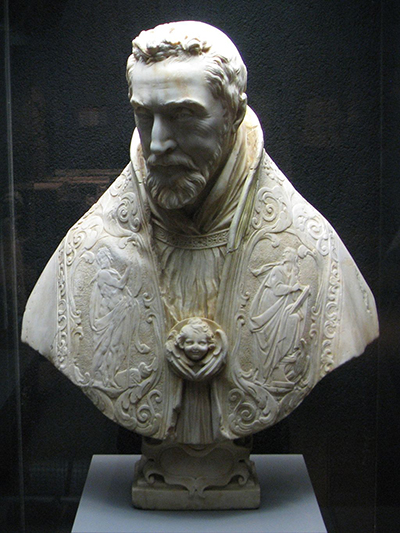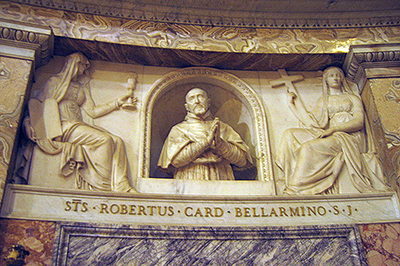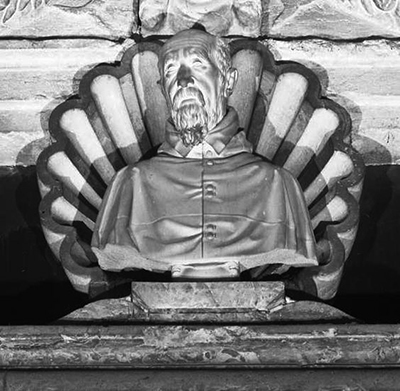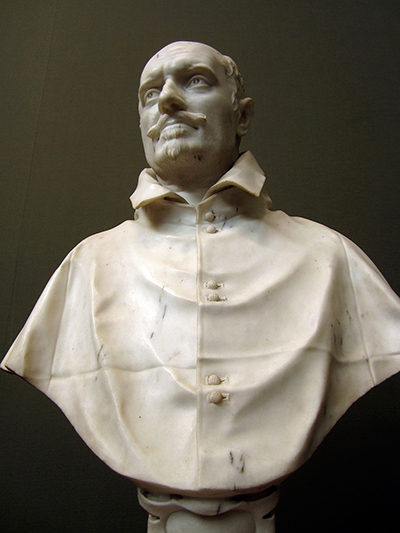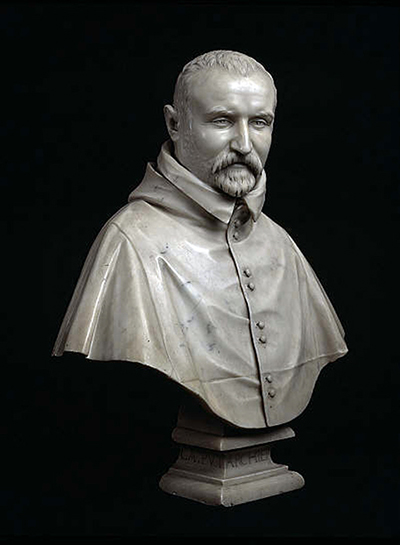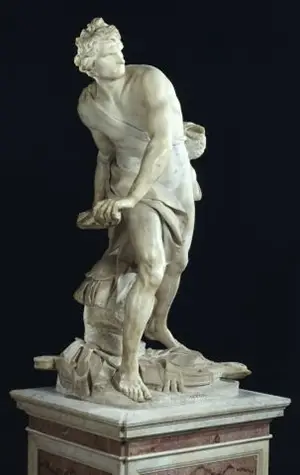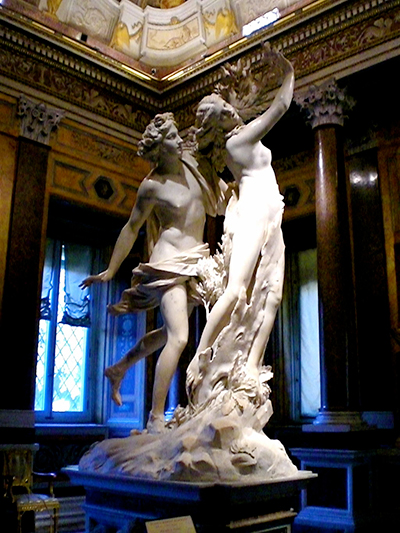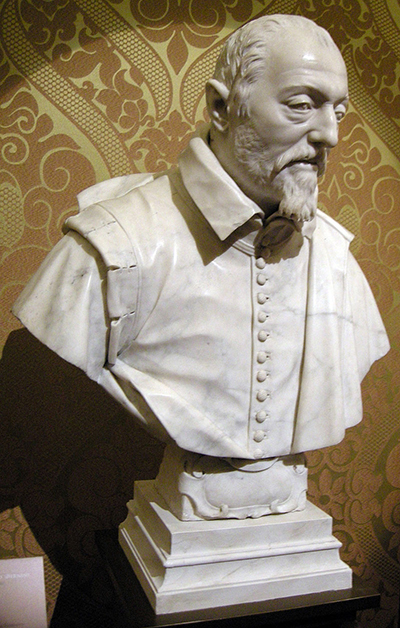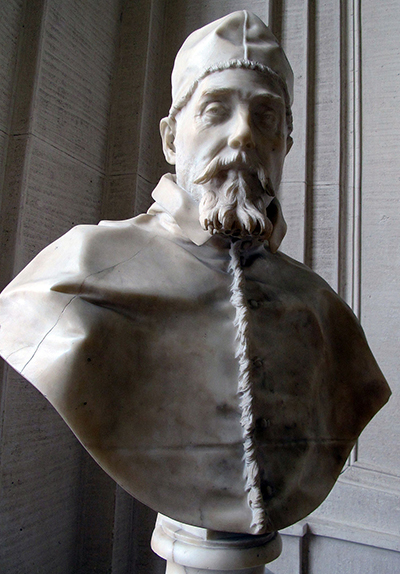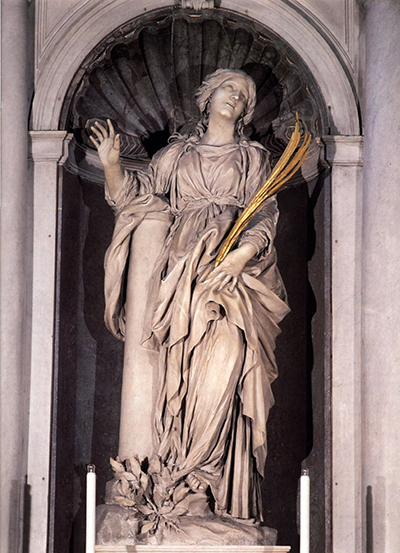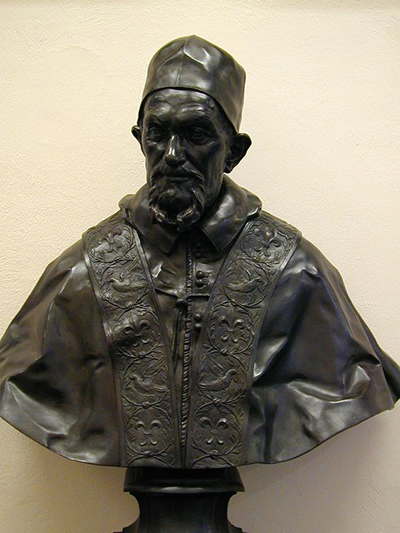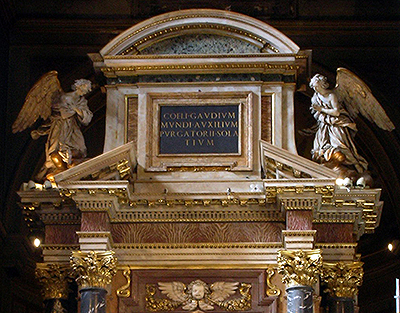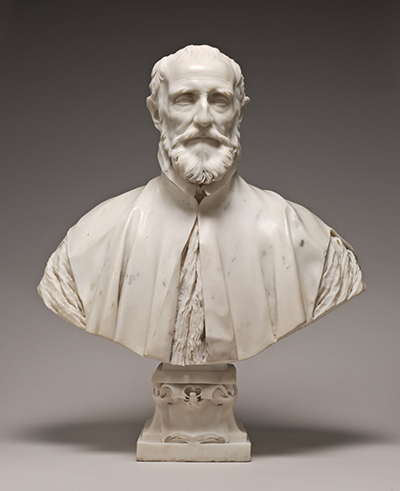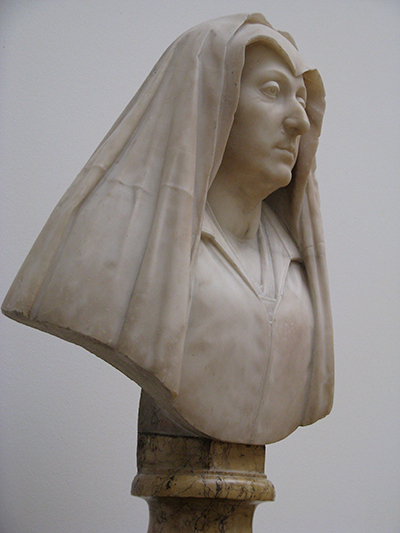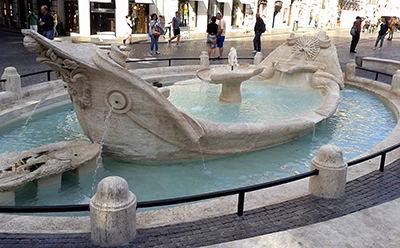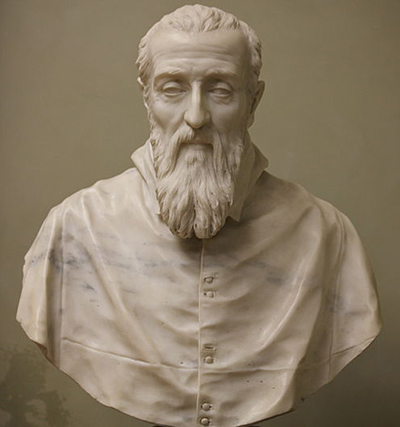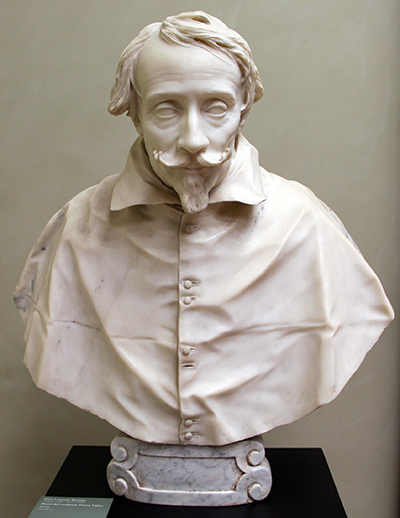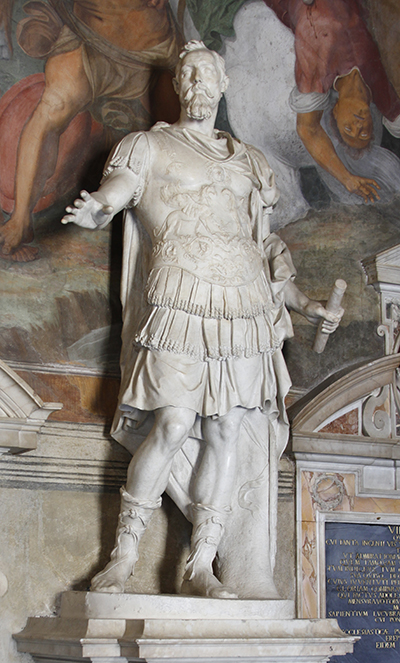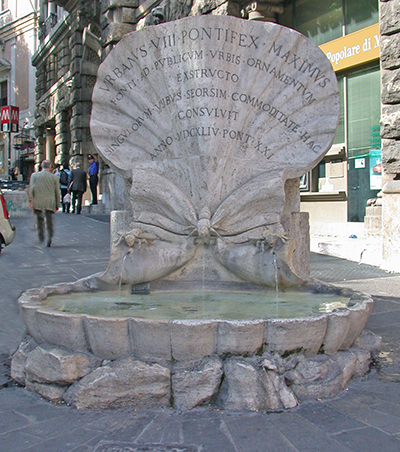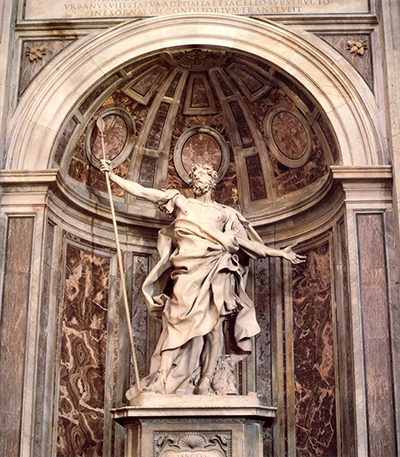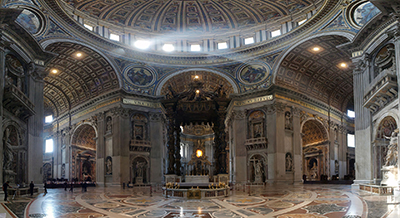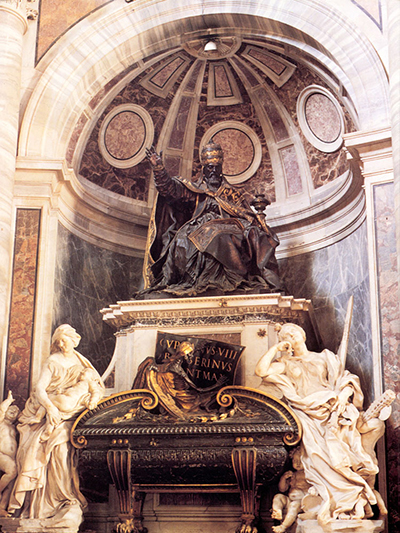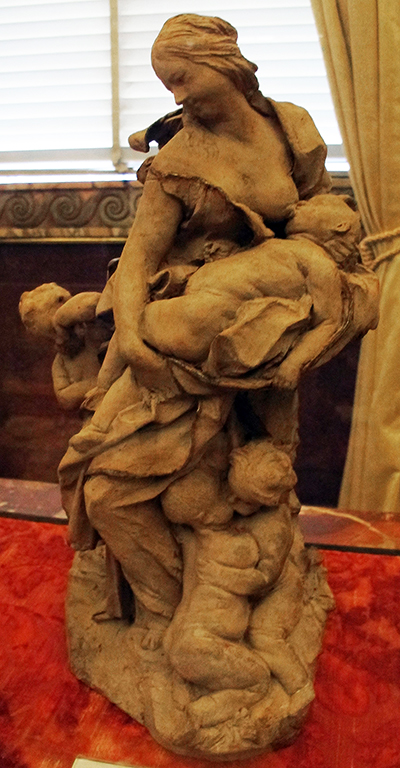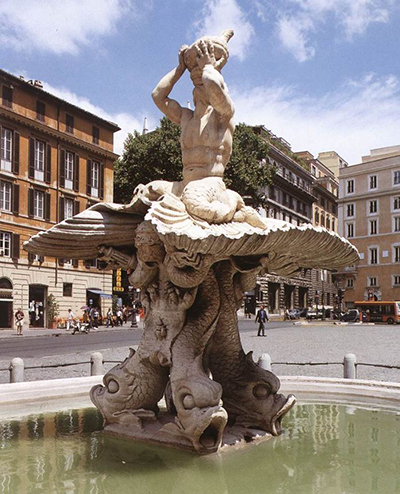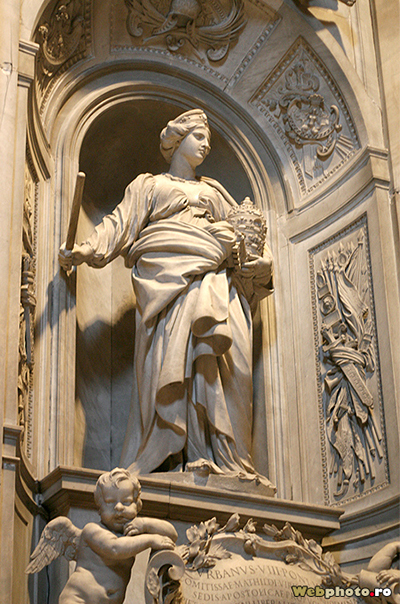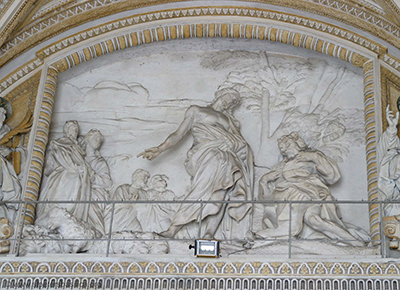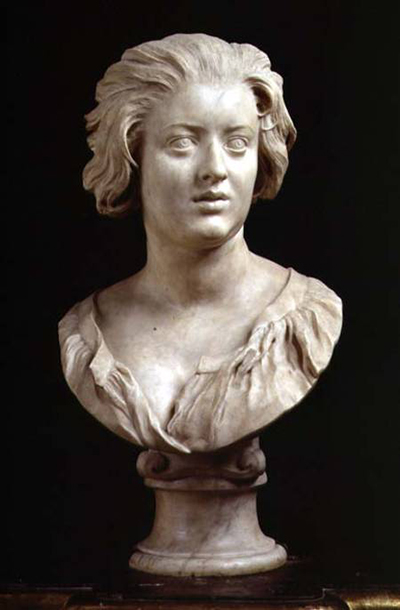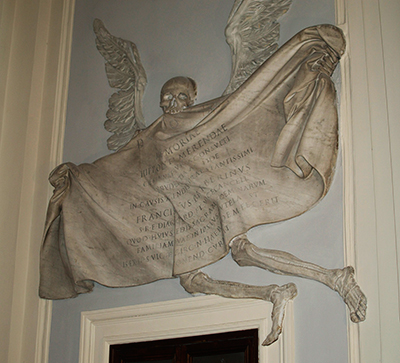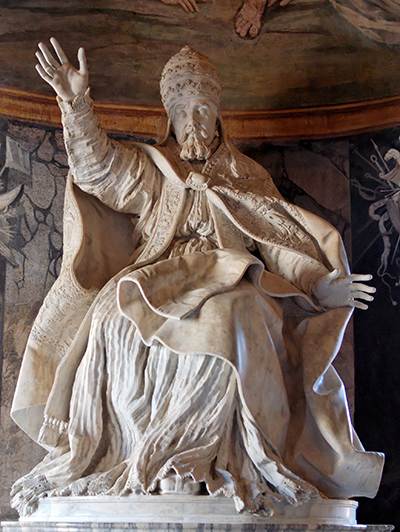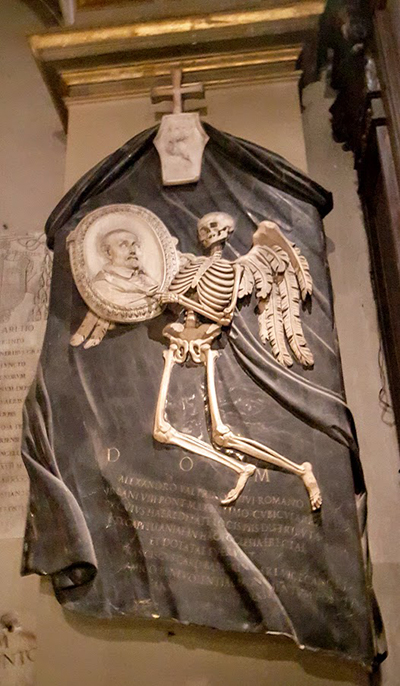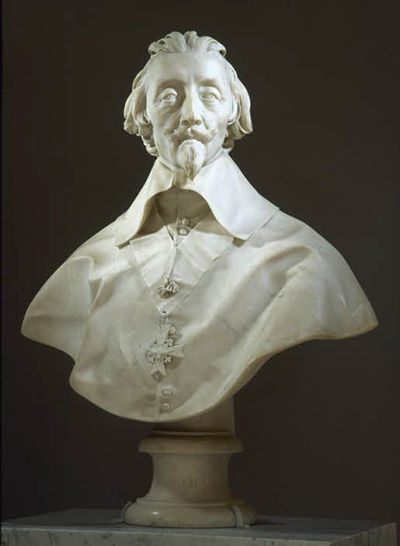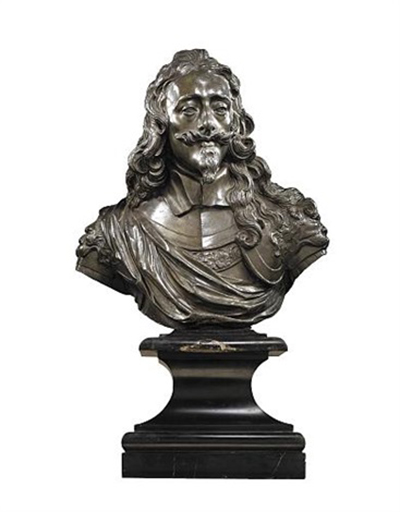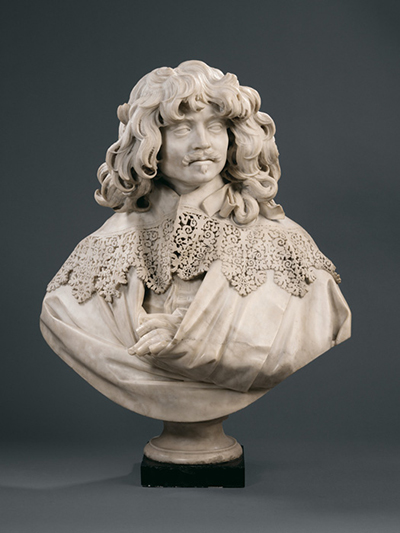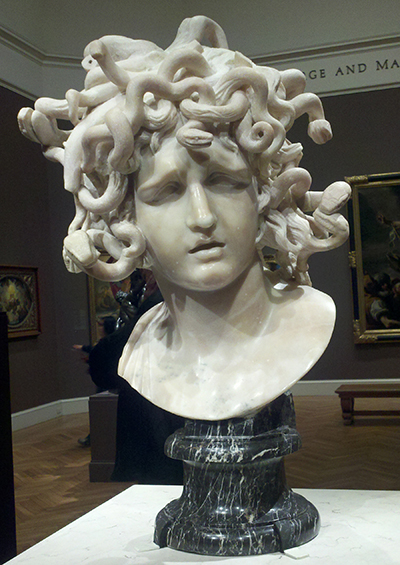Gian Lorenzo Bernini is credited by many as having developed the Baroque style of sculpture
Whilst not regarded in the same terms of Da Vinci or Michelangelo, he shared their exceptional ability to work across different disciplines and continue to keep a high standard throughout. Sculpture was Bernini's most significant field, with significant contributions also coming in painting, architecture, drawing and theatre. Bernini is remembered as being particularly creative, always seeking to challenge himself and come up with new styles and ideas within this medium. Most importantly, Gian Lorenzo Bernini also had extraordinary technical skills, meaning his inventive mind could be effectively delivered in whichever form he was focusing on at that time.
Art history is packed full of artists who have perhaps not received the recognition that their work deserved, sometimes also being somewhat overrated and Bernini can be considered someone whose contribution is on a level with the likes of Peter Paul Rubens, Caravaggio, Rembrandt, Velazquez and Poussin, yet in the modern day he does not receive quite the same level of attention or fashionable interest. This is likely to change again in future centuries as it has done in previous ones. To get an understanding of quite how respected and loved Bernini's sculpture was in the early years after his career finished, one respected scholar even claimed him to be the Shakespeare of this artistic medium, quite a comparison! It was four specific sculptures that lifted Bernini's reputation to a new level, he will always be considered as foremost a sculptor.
Considering the beauty of his work and also the clear legacy left by them, in bringing in a new Baroque style of sculpture, it is surprising that his love from art historians and the public of the present day is not even stronger. The influence of religion on art during the 16th and 17th centuries was a reflection of society at that time and Bernini was an individual whose connection to Catholicism was supremely strong, meaning his inclusion of religious ideals and narratives was not something he simply did at the request of those commissioning his work - he was genuinely connected to the very same language. Bernini would bring an energy to sculpture rarely seen before. He would combine the strengths of Renaissance and Mannerist sculpture with his own ability to produce emotionally-themed sculptures to forge a new direction for this medium across the 17th century.
Over the course of his career Bernini's experimentation with different mediums would allow him to draw learnings from one into another. All of the Renaissance masters were considered diverse creatives, but they all had disciplines in which they ultimately specialised. To choose religious themes and stories for his work was nothing new, but Bernini would filter these down into specific moments where emotion was at its most heightened. A great example would be this artist's own depiction of David, choosing to focus on the active combat rather than a stylised portrait of victory. Sculptures traditionally have been designed to be viewed from multiple angles but Bernini would often plan his work around their specific locations, where his work could only be viewed from a single angle.



